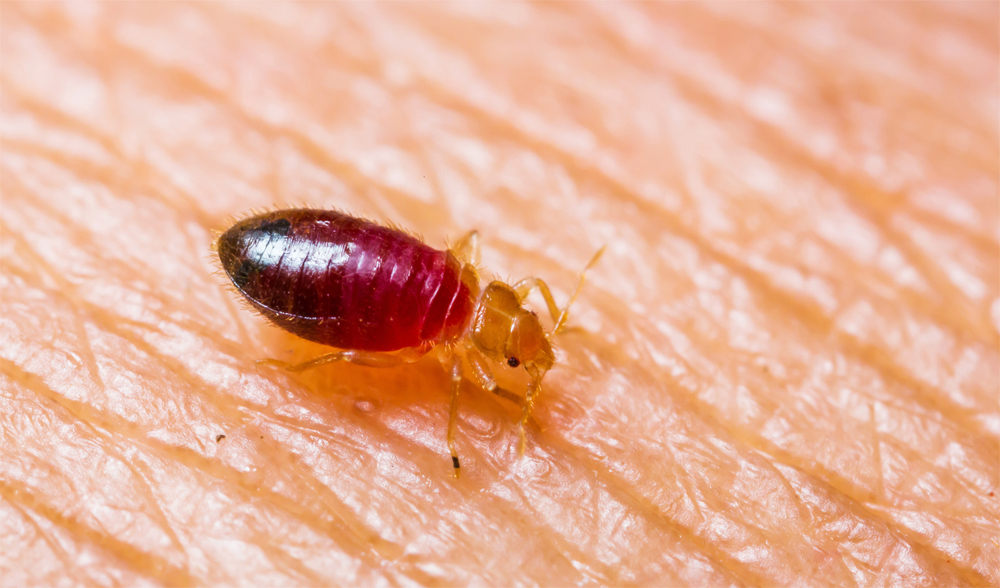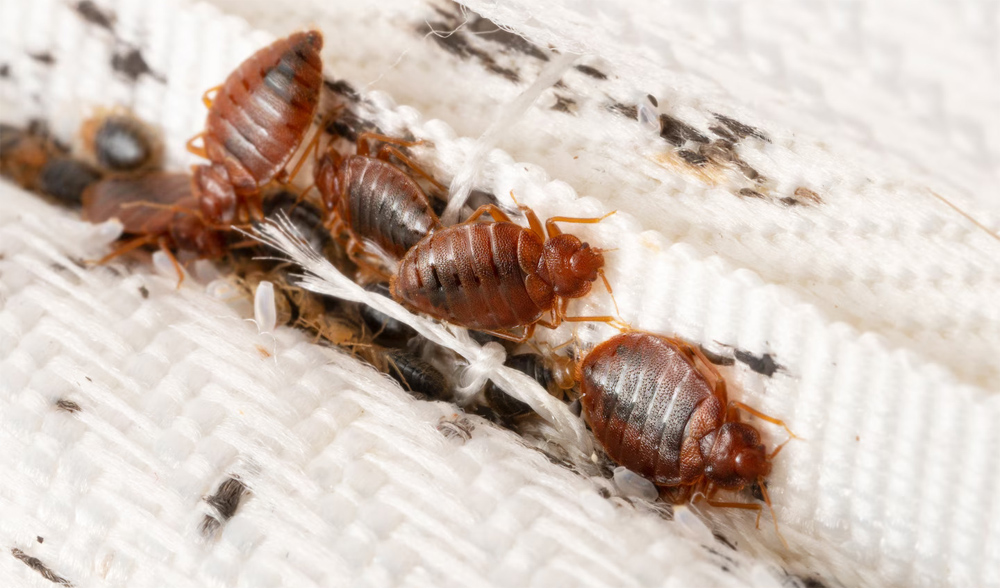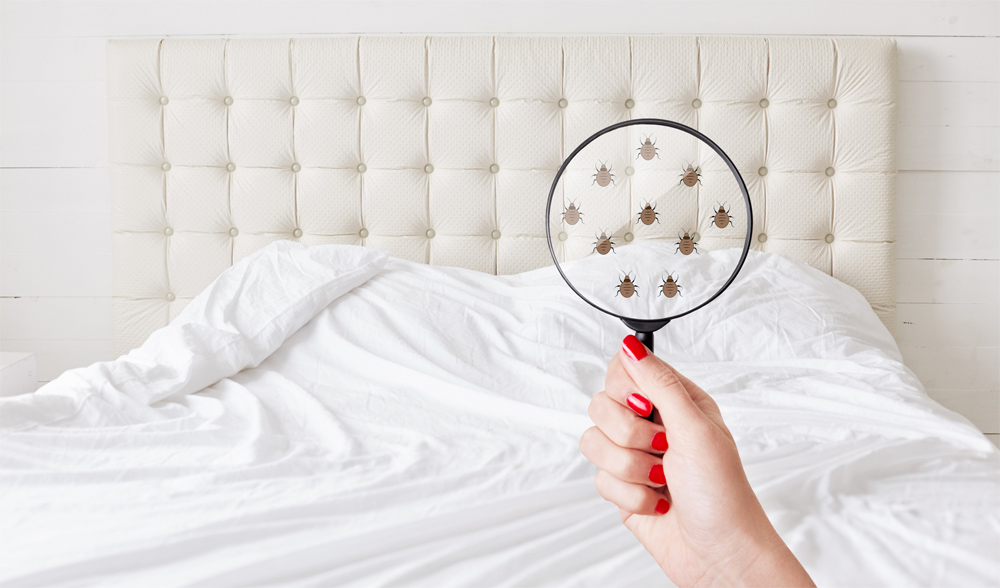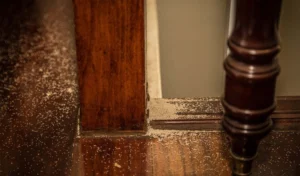Being unwanted intruders, bed bugs have the potential to transform your peaceful sleep into a nightmare. Despite their small size making them elusive, a reliable method for uncovering their presence is through the examination of their droppings. This detailed guide will immerse you in the realm of bed bug droppings, covering their characteristics, methods of identification, and appropriate actions to take upon discovering signs of an infestation.

Understanding Bed Bug Droppings
Fecal spots, commonly referred to as bed bug droppings, stand as a prevalent indicator of bed bug infestations. These diminutive, dark, ink-like stains are remnants left by bed bugs post-feeding on human or animal blood. Despite bed bugs adeptly concealing themselves in cracks and crevices, their droppings tend to be more noticeable and can be observed on diverse surfaces within their dwelling areas.
How to Identify Bed Bug Droppings?
Recognizing key indicators is crucial when dealing with bed bug infestations, and one significant sign is the presence of bed bug droppings, often referred to as fecal spots. These droppings result from the blood meals bed bugs consume.
Bed bug droppings typically manifest as small, dark stains or smears on surfaces like bedding, mattresses, or furniture. They are commonly found in areas where bed bugs conceal themselves during the day, close to their feeding sources. Detecting these droppings is vital for early identification, facilitating prompt action to eliminate bed bugs from your living spaces.
In addition to bed bug droppings, remain vigilant for other signs such as bed bug bites on your skin, the presence of tiny insects, or their discarded exoskeletons. Identifying these clues enables timely intervention to prevent bed bug infestations from escalating. If you suspect the presence of bed bugs, seeking professional assistance is advisable to effectively address the issue. Take proactive measures today to prevent these unwelcome guests from disrupting your peace of mind.

Characteristics of Bed Bug Droppings
Bed bug droppings possess unique characteristics that distinguish them from other stains:
- Size: Bed bug droppings are usually the size of a poppy seed, measuring between 1 to 2 millimeters in length. Their diminutive size poses a challenge for detection without a sharp eye.
- Color: Displaying a dark brown or black hue, bed bug droppings resemble tiny ink smudges on surfaces. This distinct coloration serves as a valuable feature for recognizing potential bed bug infestations in homes or hotels.
- Shape: Typically, round or oval, bed bug droppings feature slightly tapered ends, setting them apart from other common household stains or debris.
- Texture: While fresh, bed bug droppings may exhibit a wet or smeared appearance, but they tend to dry rapidly, transforming into flakes or tiny specks. This alteration in texture as they dry can assist in distinguishing them from other stains that may retain a wet or sticky consistency.
Managing Bed Bug Infestations
Identifying bed bug droppings in your home is a definite sign of an infestation. If you suspect the presence of these unwelcome guests, here’s what you should do:
- Confirm the Infestation: While bed bug droppings serve as a significant indicator, it’s crucial to search for additional evidence, such as live bugs, molted skins, or eggs, to confirm the presence of an infestation.
- Isolate Infested Items: If feasible, place infested items in plastic bags to prevent the bugs from spreading to other areas.
- Contact a Professional: Eliminating bed bug infestations is notoriously difficult. It is advisable to reach out to a pest control professional with expertise in dealing specifically with bed bugs.
- Wash and Vacuum: Wash bedding, clothing, and curtains in hot water, and meticulously vacuum, with a particular focus on cracks and crevices.
- Use Bed Bug Treatments: Adhere to the recommendations provided by your pest control professional regarding treatments, such as insecticides, heat treatments, or other prescribed methods.
- Prevent Reinfestation: Following the treatment, implement preventive measures such as sealing cracks, maintaining regular cleanliness, and utilizing mattress and box spring encasements.

Protect Your Home from Bed Bug Infestations: Choose Safe-Killer Today!
Bed bugs pose a significant threat to homeowners worldwide, disrupting sleep with their bites and swiftly proliferating to infest living spaces. Early identification and prompt action are essential to thwart a severe infestation.
Identifying bed bug signs is paramount. Whether it’s the distinctive bite marks on your skin, the presence of live insects, or the tiny, translucent eggs they lay, these indicators demand attention. Furthermore, the shedding of their exoskeletons as they mature leaves additional evidence of their existence.
Safe-killer recommends that you take proactive measures to effectively control bed bugs. Taking action before a serious bed bug infestation appears is the best way to control its development and can be valuable in preventing escalation from a minor inconvenience to a major infestation.
Prevent disturbances from early bed bug stains or bites by opting for Safe-Killer. Take a proactive approach to safeguard your home with our expertise and innovative methods. Rest assured that your living spaces are bed bug-free. Contact Safe-Killer today!



